I was born and raised on the Black Prairie in rural northern Mississippi. I had little formal exposure to “art,” as it was not offered at my small Baptist church school. I was, however, surrounded by crafters, cooks, farmers, and other people who worked with their hands and their backs. I was also a fairly sick child, often relegated to spend most of my time indoors. Because there was precious little for me to do otherwise, I became a voracious reader. I spent a lot of my younger life in my imagination.
Two of the most important events in my childhood were when my family bought our first VCR and, several years later, our first computer. I imagine my parents spent a significant portion of their income on VHS rentals, and all the films and cartoons exposed me to so many other ideas and human stories. The arrival of dial-up internet access was likewise a revelation, connecting me to a larger world of more books, movies, and communities that were more obsessed with them than I was.
I was always interested in science, particularly biology and evolution, much to the dismay of my very religious family. I never quite meshed with their belief system and in many ways felt, and still feel, like an outsider. After a few changes of heart in college, I finally settled on anthropology as my major. Anthropology was where I finally felt a real sense of belonging, because we were all mostly weirdos trying to figure out what the hell people were really all about. Archaeology became my focus in anthropology, and I still teach within the discipline.

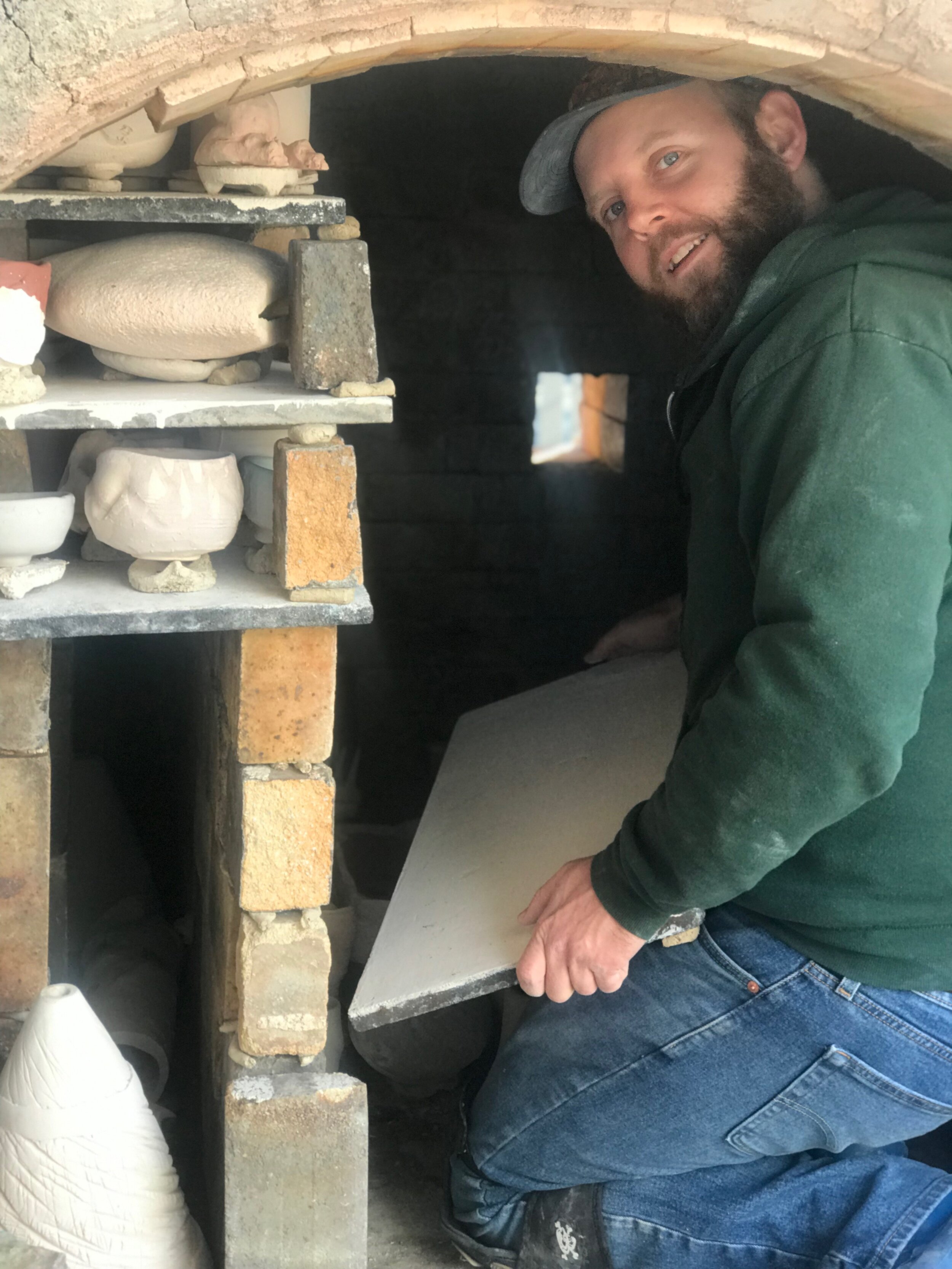

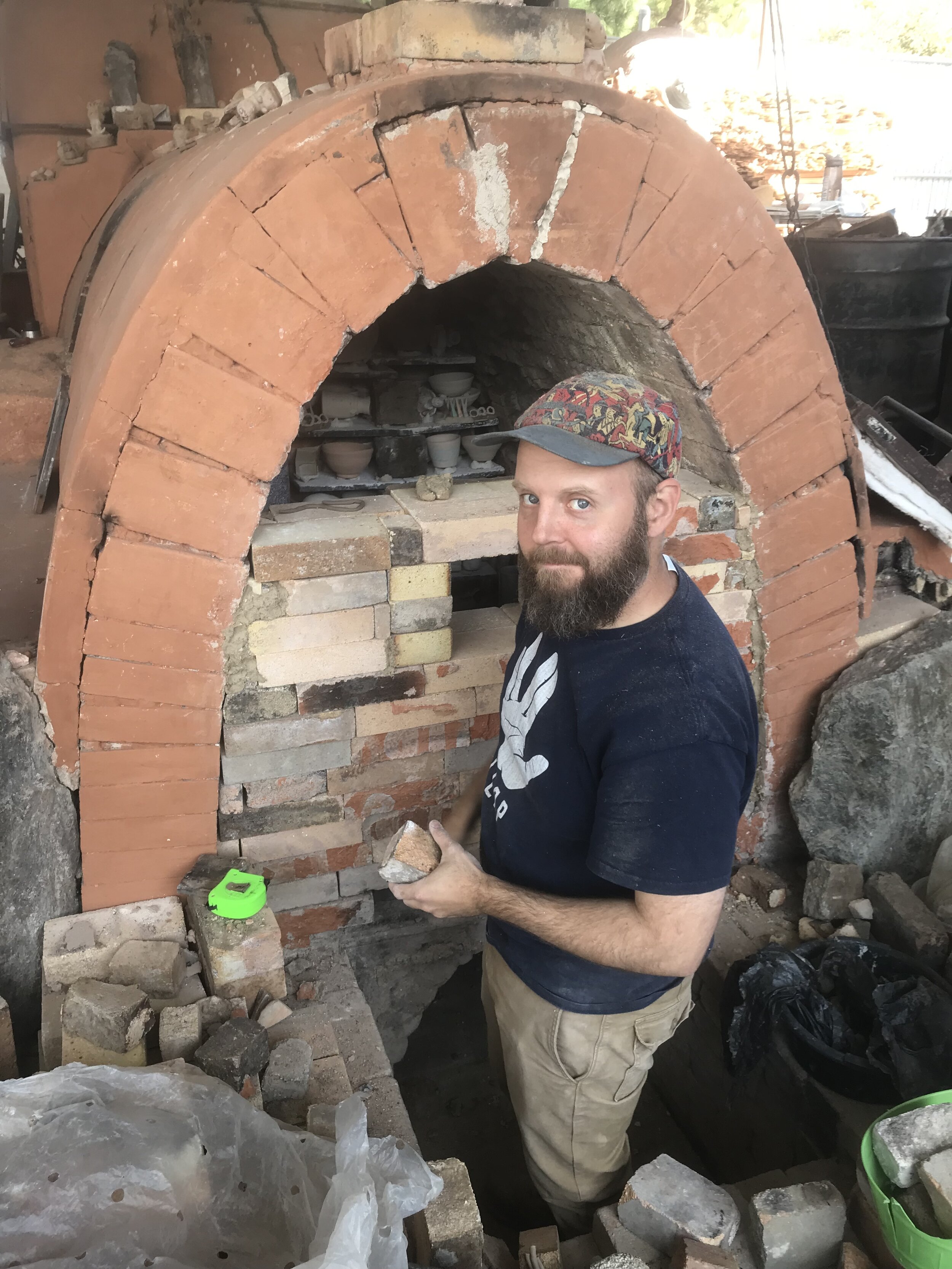

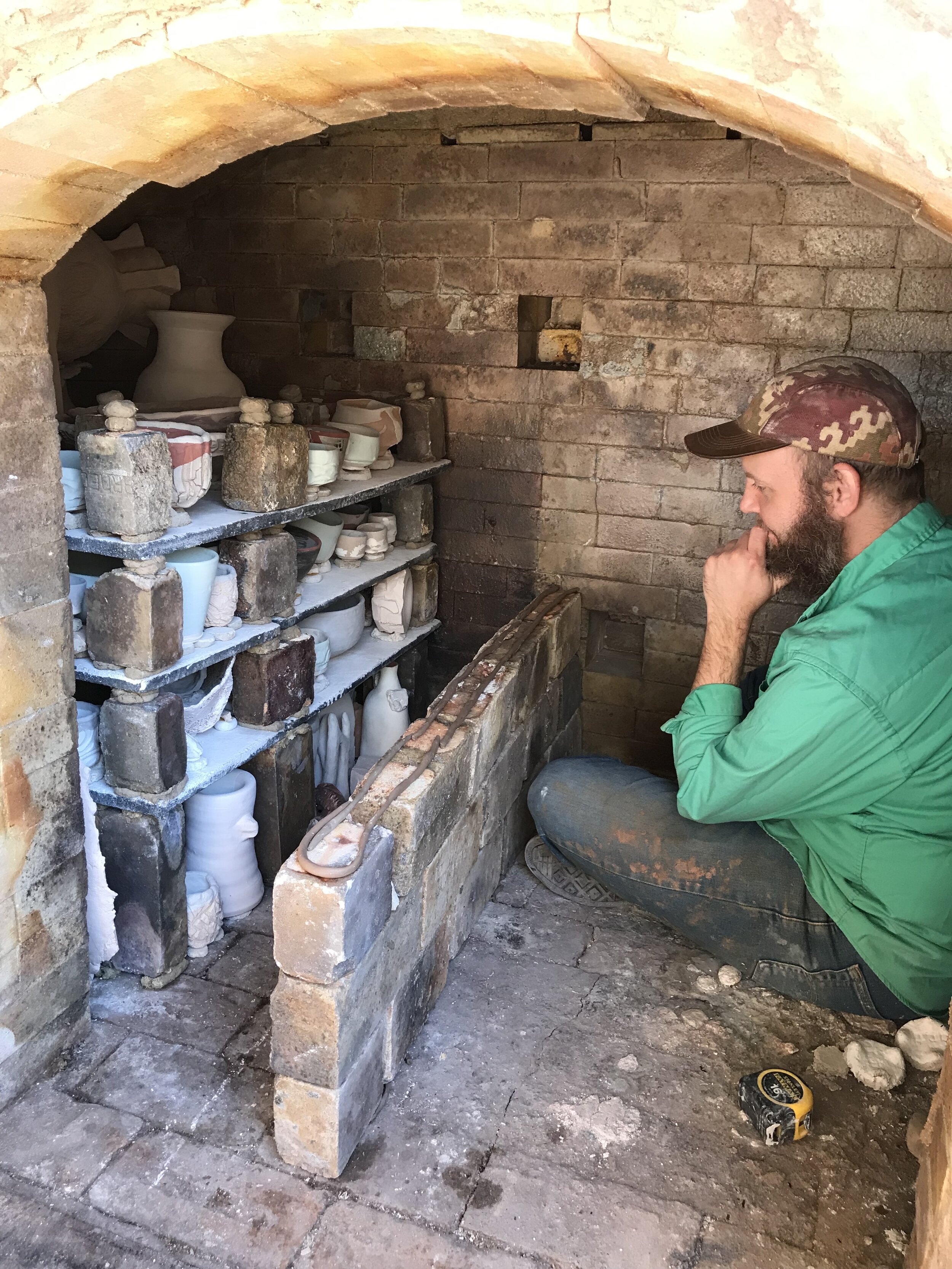





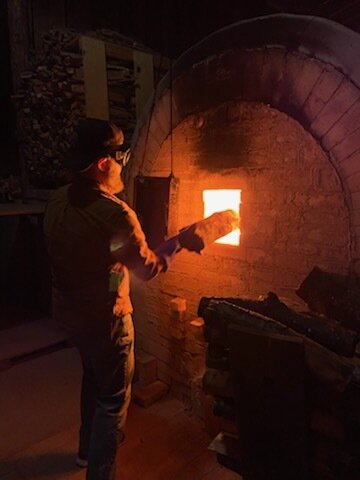

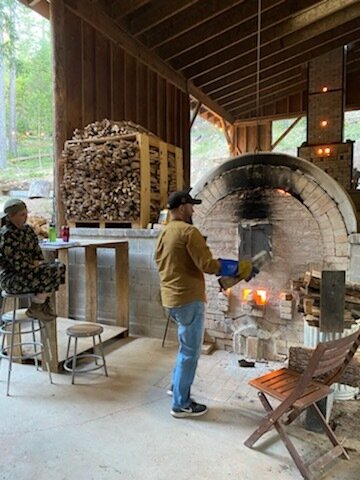
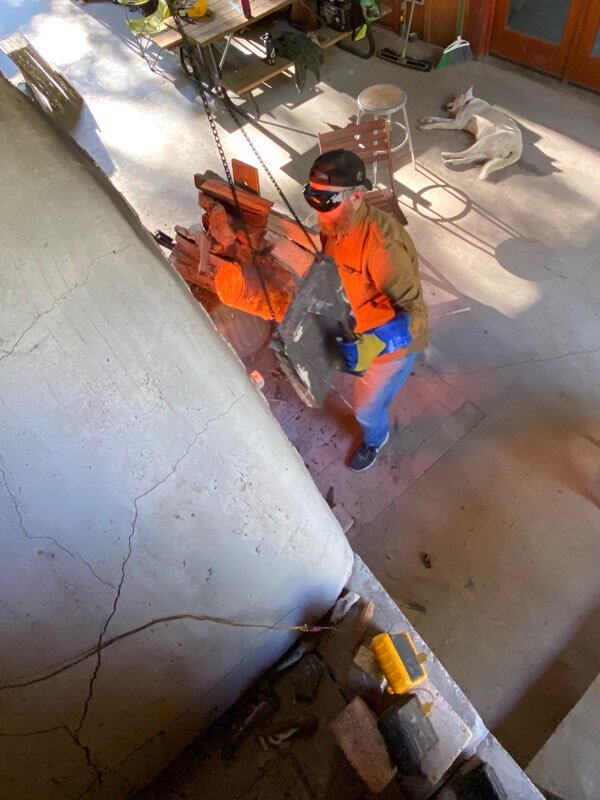
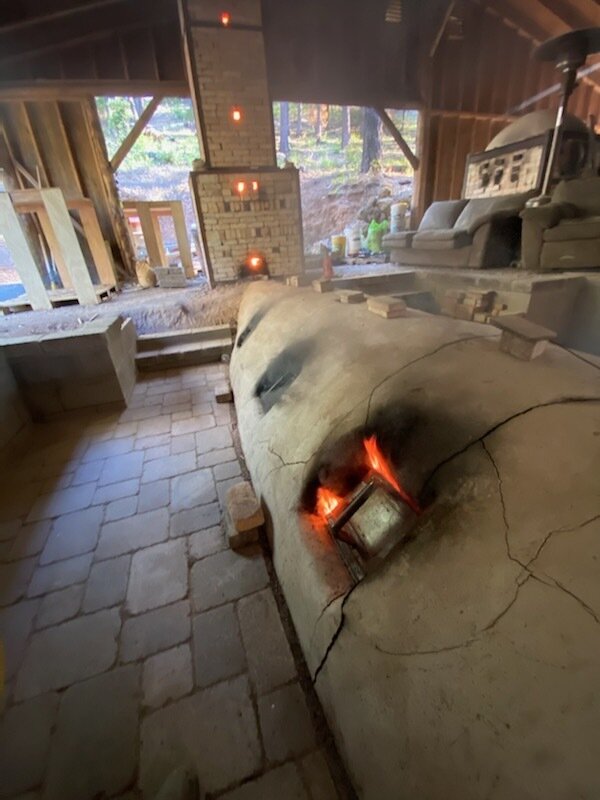
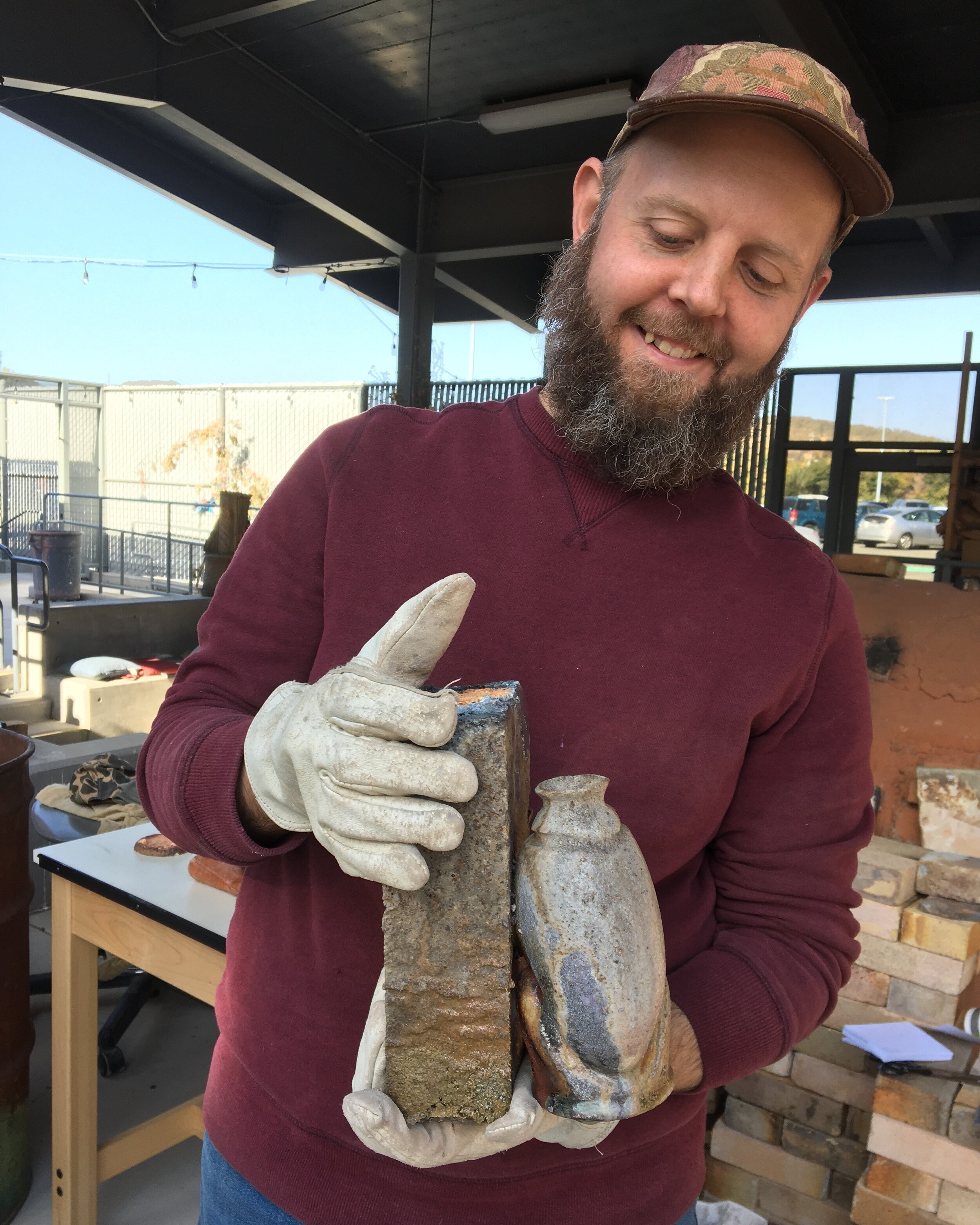
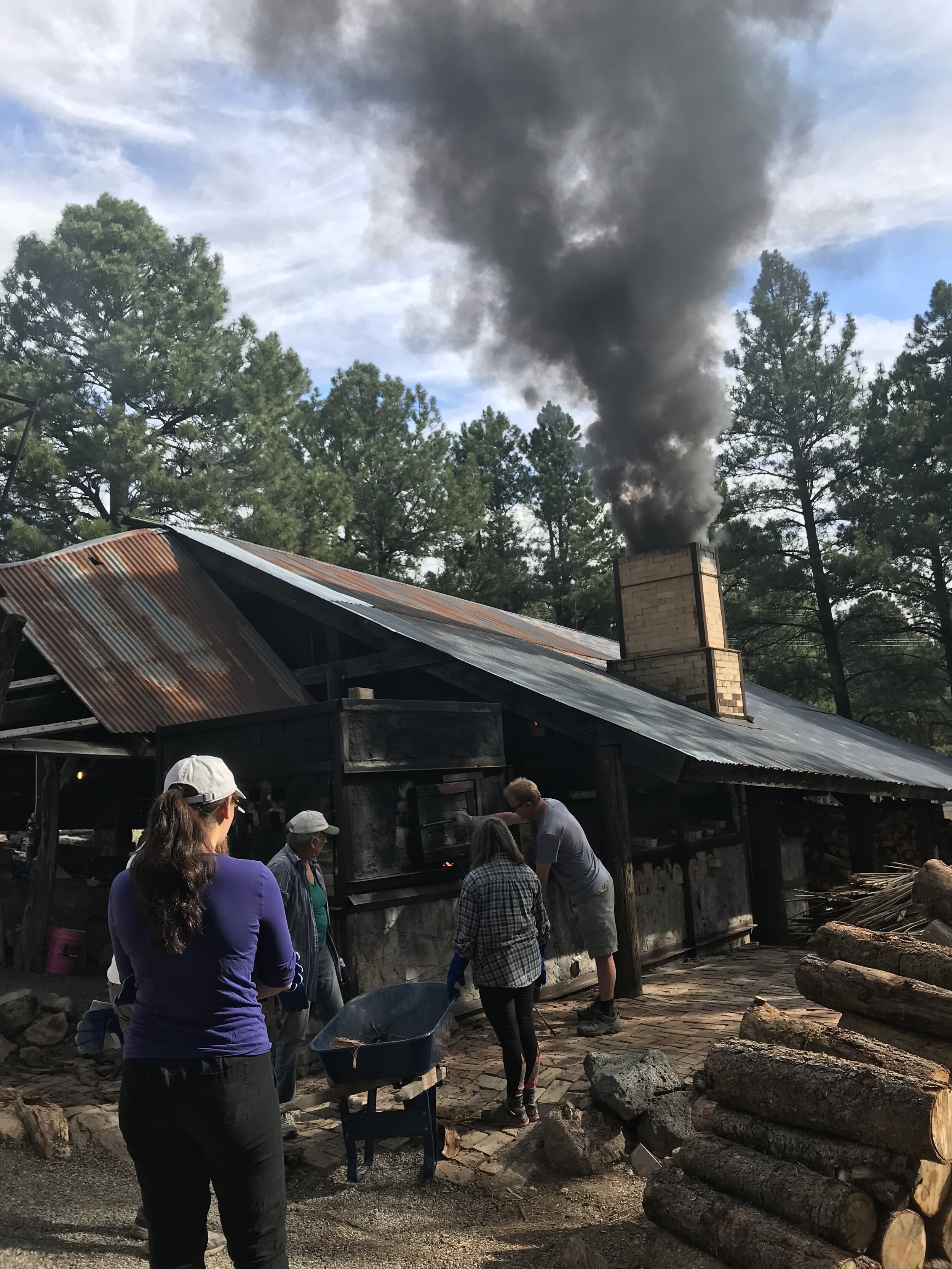
I arrived at art via the combined influences of the craftspeople of my childhood, an obsession with popular culture, and the material culture of Native American artifacts. Ceramics felt the most comfortable to me because it was the most accessible. I knew how to work with my hands, and I was familiar with utilitarian ceramic artifacts. Ceramics, and specifically pottery, also felt grounded in real human experience. I have focused on wood-fired ceramics because of the process, the shared human experiences and labor, necessary to complete the work and the results which reflect all of that human effort condensed into the solid present.
The preparation and sharing of tea are likewise great inspirations for my work. Tea is grounded and grounding. It is prepared and consumed with intent. It is best when shared with others. I am at my most centered when making teaware, and I always return to those forms when I am unsure what else to make. The forms are also the most challenging to make, from both functional and aesthetic perspectives, and I have only begun to be satisfied with my results.
In addition to functional vessels, I have also started working on more sculptural forms. Most of my sculptural pieces reflect my interest in biology, evolution, and our connections to the larger web of life on Earth. I am inspired by change and the interwoven processes of destruction and renewal. All of my work, from sculptures to pots, are born of my fascination with deep geological time and transformational change across landscapes, biology, and human cultures.
I have a very expansive view of art, and I believe there is as much beauty and value in a well made skillet of cornbread, in a well-crafted and delivered joke, or even in a cartoon as there is in all of the museums of the world. Everything humans do is imbued with symbolism and meaning. Art and expression are as vital to the human existence as air and water. Our other biological needs, food, shelter, clothing, and sex, are ritualized and symbolic. I make art because that is what humans do, each in our own ways. I find awe in the ways that art connects us to the past, the present, and the future of humanity.